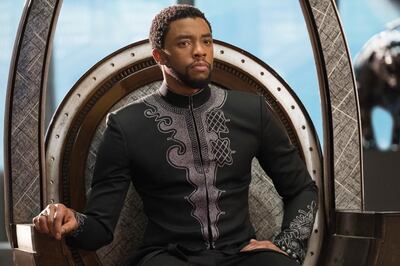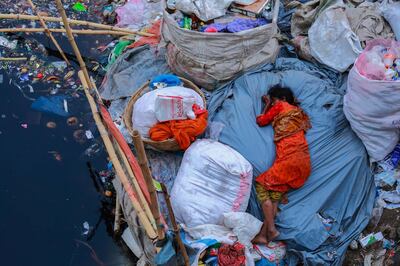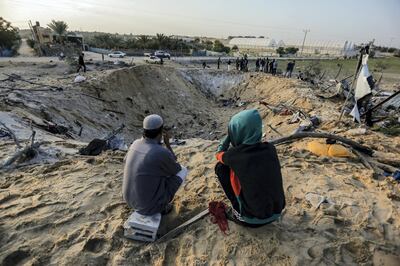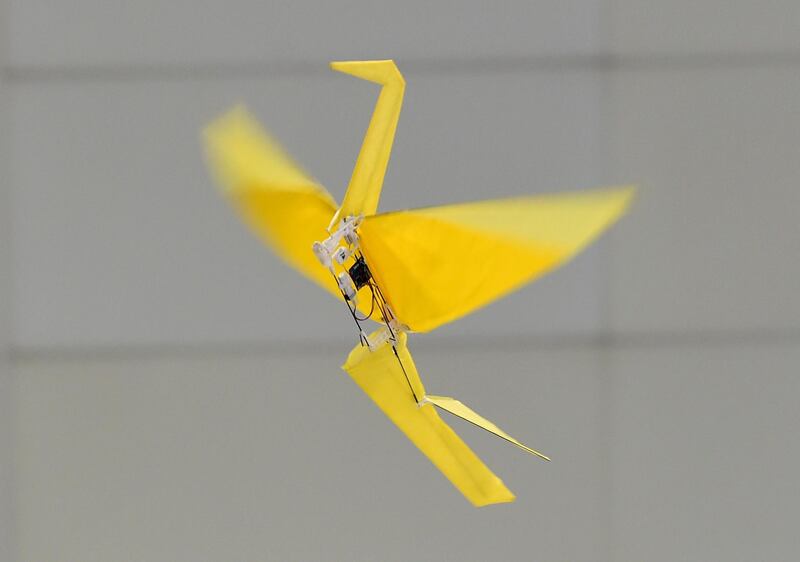At its best, science fiction is supposed to serve as an interrogation of contemporary political and ethical dilemmas. And at a time of widespread global anxiety – over climatic cataclysm, political disorder and financial crunches – how we envision the future has become more relevant than ever.
But sci-fi has not always been a diverse canon. As the North American author William Gibson once noted: “The future is already here, it’s just not very evenly distributed.” That is true. Being shaped by Anglo-American writers, editors and markets has imbued the genre with a Eurocentric worldview.
Furthermore, one could trace the modern history of sci-fi through its entanglement with colonialism. According to British literary scholar Adam Roberts, sci-fi served as the “dark subconscious to the thinking mind of imperialism”, where underpinning universal progress and rationalism were brutal projects of exploitation and domination.

Lately, however, the rest of the world has begun to write back. And in doing so, it has heralded in a new era in global sci-fi – one that increasingly orbits around audiences in Africa, the Middle East, the Indian subcontinent and China.
This is an important development, because just as the genre has previously legitimised imperial fantasies, it has also provided fertile ground for allegorical critique. As a result, non-white populations with violent histories of colonialism and slavery have used sci-fi to draw upon their own heritages, displace the West from the centre of popular imagination and reclaim agency. Indigenous and diasporic cultures, therefore, have been able to interrupt whitewashed imaginations of a high-tech future.
Think about the tropes at the heart of sci-fi and the colonial enterprise, one example of which is a long-standing fascination with alien lands to be “settled in” and eventually “civilised”. Well into the 20th century, sci-fi was a vehicle for revealing the dreams and fears of the western psyche. The rest of the world functioned as the “other” against which the western rational imagination juxtaposed itself.
One prominent cultural intervention has been "Afrofuturism" – which sought to address the concerns of African-Americans in the context of socio-political movements of the 1960s and 70s. It incorporated sci-fi, technology, Afro-culture and a language of rebellion to re-centre black identity and transcend the trauma of the past. The success of Marvel's Black Panther has largely contributed to the revival of Afrofuturism in popular culture.
The advent of globalisation has produced a profound but uneven process of development across the world. And the residue of economic and political transformation has filtered into the realm of cultural imagination, generating multiple motivations to map trajectories of the future.
Consequently, global sci-fi highlights a fraught relationship with modernity across specific contexts. Genre rigidity is dispensed with in favour of absorbing national or cultural elements – be it folkloric, mythological, surrealist or supernatural – and fusing it with a techno-scientific gloss.
As "techno-capitalism", which broadly refers to changes in capitalism associated with the emergence of new technology sectors, clashes with ethnic conflicts and ecological collapse, authors and filmmakers across the globe are claiming the future as their own.

One of the catalysts for sci-fi's global turn is the AfroSF series, which has contributed to the rise of African sci-fi. Ken Liu's Invisible Planets anthology presents Chinese sci-fi to a global audience. And the Gollancz Book of South Asian Science Fiction is a trailblazing collection of contemporary sci-fi from the subcontinent.
Climate fiction is a recurring theme, as utopian and dystopian responses are both explored. Wanuri Kaihu's film Pumzi depicts the impact of climate change on Kenyan cultural traditions. Saad Hossain's futuristic Dhaka is ravaged by environmental desolation. Liu Cixin's Hugo Award-winning The Three-Body Problem is not only an examination of environmental activism and willed human extinction, but one of the most compelling 21st-century meditations on the notion of utopia.
Those exploring the political dimensions of dystopia do not have to look far either. The invasion of Iraq provides the backdrop for Ahmed Saadawi's Frankenstein in Baghdad, where a body assembled from fragments of bomb victims comes to life and takes revenge. Following the counter-revolutionary terminus of the Arab uprisings in the previous decade, a host of writers foreground a near-future where economic impoverishment intensifies under an apathetic ruling elite.

Turbulent histories are cast in a new light to conceive of radically different futures. Take Yudhanjaya Wijeratne's trilogy The Commonwealth Empire, which envisages Kandy in a future in which the British empire has endured with advanced technology. Or the Iraq+100 and Palestine +100 anthologies that imagine utopias a century following the catastrophes of the US invasion in 2003 and Nakba in 1948, respectively.
A long-standing sci-fi trope is the first contact with aliens. Nnedi Okorafor's Lagoon and Tade Thompson's Rosewater flip this narrative on its head to sharply appraise colonisation. Who gets to explore space – itself a question that has been racialised – is powerfully emphasised in Deji Bryce Olukotun's books Nigerians in Space and After the Flare.
These are but some of the contributions towards sci-fi's burgeoning global footprint. As the craft's production, circulation and reception mature internationally, its Anglophone hegemony will eventually erode. Mithila Review, South Asia's first magazine of international sci-fi and fantasy, points in the right direction. Founded and edited by futurist Salik Shah, it operates as both a transnational community and literary movement.
That being said, it is equally important to pay attention to how discourses around sci-fi can be used in service of cultural-economic power. As an ideological plank for its hegemonic aspirations, China vigorously promotes the genre in schools to push domestic innovation. The Indian film industry has embraced sci-fi and CGI spectacles to embellish pro-Hindu-nationalist story-lines. Anime and manga are a major component of Japan’s “soft power” diplomacy.
With the global ascent of sci-fi, new spaces for innovative thinking on our precarious present and post-crisis future are manifesting. Its popularity serves to reiterate the importance of speculative fiction in reflecting upon possible and desirable futures, as diverse texts and voices are increasingly brought to the table.
Amar Diwakar is a freelance journalist and writer






